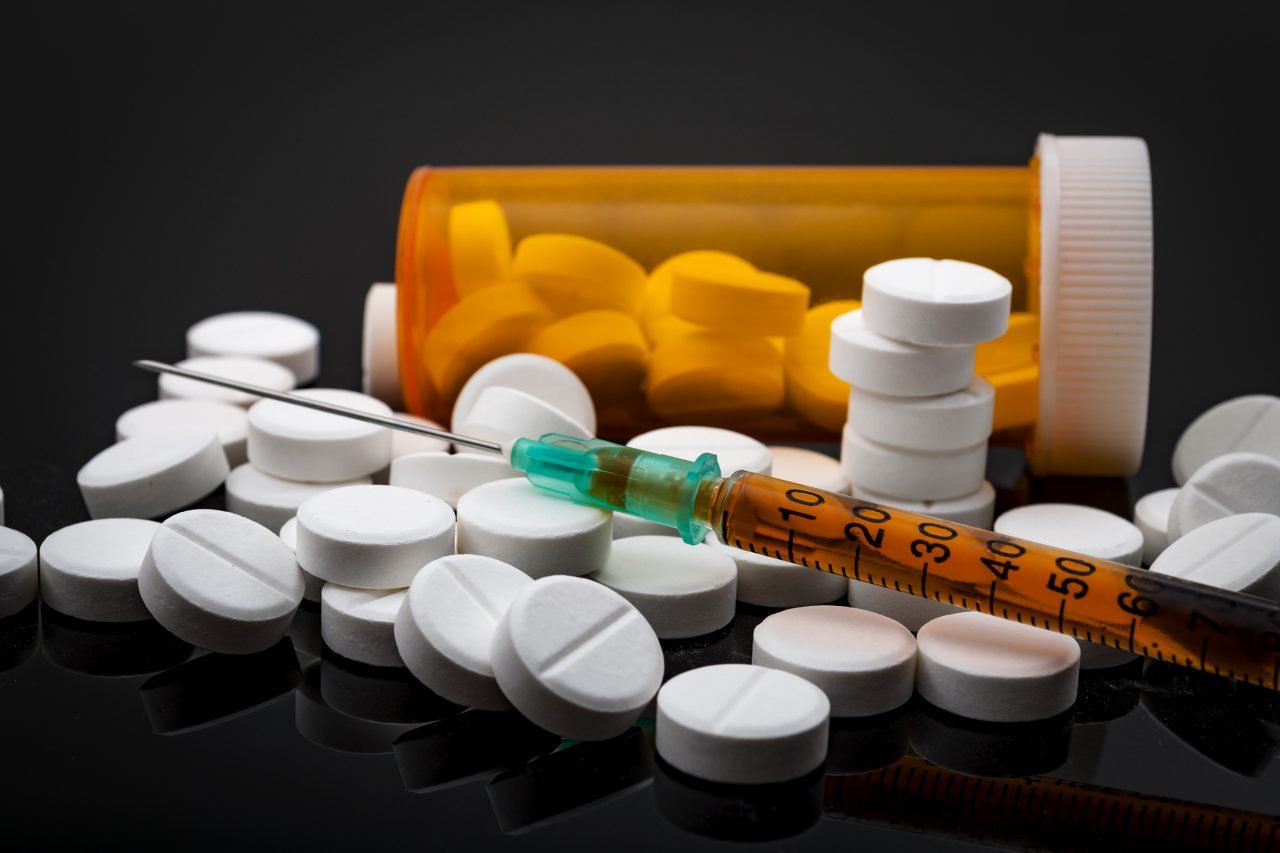With fentanyl use rising in California, we must treat addiction for what it is: a disease, not a lifestyle choice


By Gilmore Chung, Special to CalMatters
When I first met A.J., she was 23, homeless and hooked on heroin in Venice.
Her addiction began with pain pills prescribed after surgery. When the prescriptions ended, A.J.’s post-surgical pain was no longer the concern: The pain of withdrawal was.
Withdrawal is like the flu but exponentially worse. It causes fatigue, muscle and bone aches, vomiting, diarrhea and anxiety – all of which can be temporarily relieved with more opioids. For A.J., heroin was her relief.
Like A.J., most substance users don’t choose to become addicted. But our medical and public policy systems often treat them as if they did.
Recognizing addiction as a disease that can be treated with medication and therapy would save lives, especially now that a potent and deadly opiate, fentanyl, is increasingly making its way into the illegal drug trade in California and the Western United States.
Fentanyl is a synthetic opioid 50-100 times more powerful than morphine. It is phenomenally inexpensive, making it a drug of choice for dealers seeking to boost potency and reduce the cost of the illegal substances they are selling.
Initially found on the East Coast, experts say a rise in overdoses in the Los Angeles region can be related to the increase in fentanyl in the illicit drugs used by a wide range of people, from those experiencing homelessness to private school students at the University of Southern California.
This epidemic of lethal opioid overdoses took the lives of almost 50,000 people in 2017. Yet there remains an inexcusable and embarrassing shortage of medical providers who treat addiction with evidenced-based, effective, life-saving medication.
This medication can reduce cravings for opioids and alcohol. It is among several harm reduction measures available but too rarely used by healthcare professionals.
At Venice Family Clinic, the nonprofit community health center where I am a primary care physician, we partnered with the RAND Corporation to develop the model for providing this type of substance use treatment in a primary care setting.
This model has been adopted by community clinics around the country but not by all primary care physicians who work in other settings, like hospitals or private practice.
It calls for staff to be trained to recognize substance use issues and ask patients about their alcohol and drug use.
Medical professionals are trained to prescribe medication to reduce cravings and counseling is provided to help patients cope. Test strips to detect fentanyl in illicit drugs and Narcan, a nasal spray that can save an opioid user from a deadly overdose, are also made available.
This approach seems simple. But there are far too many obstacles. Medical schools provide only limited training in substance use.
Physicians’ time with a patient is often limited, and that limits their ability diagnose addictions. Most health care providers don’t have counselors on hand who can speak immediately with someone who is concerned about their substance use.
Patients who go to private pharmacies report pharmacists often aren’t welcoming of their prescriptions for medications to treat opioid and alcohol use or for Narcan.
And opposition has blocked another harm reduction program, which provides clean syringes to prevent the spread of HIV and Hepatitis C, in Costa Mesa and many other communities around the state and nation.
Saving lives and reducing addiction will require a fundamental change in the way health care professionals, public policy makers and the public view substance use. Treating it as a disease, and not a lifestyle choice, can make a difference.
Having physicians and pharmacists trained and equipped with the tools they need will ensure patients get appropriate care. Educating the community about addiction and ways to reduce the harm it causes will save lives and protect the public’s health.
We have seen it work many times for our patients, including A.J.
She had tried many times to stop using heroin and failed. When we saw her, we could have reacted as too many health care professionals do and told her to stop using heroin and go to rehab. But she likely would have stayed on the street and possibly overdosed.
Instead, we prescribed the medication that reduced her craving for opioids. Since that day, A.J. and her partner, who also had an addiction, have not used heroin again. Both are working, housed and the parents of a lovely, healthy little boy.
With the increased risk posed by the rise in fentanyl in our region, time is running out. Every Narcan prescription, every test for fentanyl in street drugs and every person who asks for help represent another chance to improve someone’s health, prevent an unnecessary death and ultimately provide hope.
______
Dr. Gilmore Chung is a primary care physician at Venice Family Clinic, a nonprofit community health center, GChung@mednet.ucla.edu. He wrote this commentary for CalMatters.
 Pathways Drug Rehabilitation Luxury Addiction Treatment & Detox Center
Pathways Drug Rehabilitation Luxury Addiction Treatment & Detox Center


